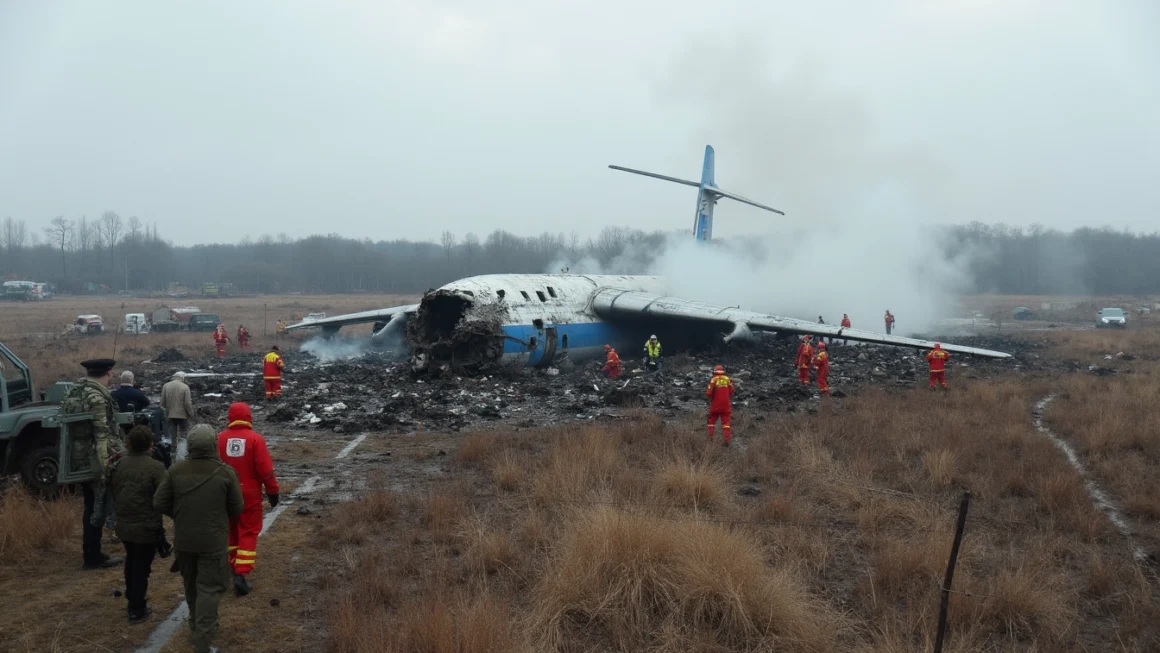Introduction
Table of Contents
In today’s interconnected world, communication is key to maintaining societal harmony and efficiency. But what happens when traditional modes of communication are stalled? This very question came to the forefront when the national mail strike presented significant challenges to cities across Canada. The City of Thorold, renowned for its robust infrastructure and community-centered policies, responded in a formidable manner that provides valuable insights into crisis management.
Understanding the Impact of the National Mail Strike
The nationwide mail strike caused a significant disruption not only in personal communications but also in the operations of businesses, government agencies, and everyday civic functions. With delays in receiving important documents, bills, and other correspondences, the ripple effect was felt in various sectors. The City of Thorold, like many others, needed to strategize effectively to mitigate the immediate challenges posed by the halt in postal services.
The Civic Challenges Faced
- Delayed Communications: Important notifications and civic announcements were affected, causing delays in public dissemination of information.
- Economic Disruptions: Businesses relying on mail services for invoices and payments faced potential cash flow issues.
- Public Discontent: Residents dependent on timely mail deliveries for medical prescriptions and other essentials expressed growing concerns.
Thorold’s Strategic Response
The City of Thorold’s response to the mail strike was both proactive and community-focused, exemplifying effective municipal crisis management strategies.
Enhancing Digital Communication Channels
To counter the disruption in traditional mail services, Thorold promptly bolstered its digital communication infrastructure. This facilitated continuous engagement with the community via online platforms, ensuring that critical information and updates were accessible without delay.
Augmenting Local Partnerships
Forging partnerships with local businesses and service providers was another significant step. By aligning with local courier services, Thorold mitigated some of the logistic challenges, ensuring that essential goods and documents could still reach their intended recipients.
Community Support Initiatives
Thorold introduced a series of community support initiatives to assist vulnerable populations affected by the strike. This included setting up hotline services to address urgent concerns and coordinating volunteer networks to assist those in need.
Lessons Learned and Future Strategies
Reflecting on the disruption and the response strategies employed, several lessons emerge that can shape future approaches to similar challenges:
Strengthening Digital Readiness
The national mail strike underscored the importance of strong digital systems as a backbone for communication continuity. Cities must invest in technology infrastructure and promote digital literacy to ensure that residents can easily shift to these platforms during crises.
Fostering Community Resilience
Thorold’s experience demonstrates the power of community collaboration. By fostering relationships with local entities and empowering citizen participation, cities can enhance resilience and reduce the impact of unforeseen disruptions.
Conclusion
The City of Thorold’s navigation through the national mail strike provides a compelling case study in effective crisis management. By leveraging digital tools, community partnerships, and proactive support initiatives, Thorold not only minimized disruption but also strengthened the community’s confidence in its leadership. As cities continue to face new challenges, these strategies serve as a beacon for fostering resilience and ensuring continuity.
Automating routine tasks is another key strategy for municipal efficiency. For businesses and local governments interested in these opportunities, automating processes can be a valuable approach. Explore possibilities through platforms like automation services.
Organizations and individuals can draw from Thorold’s example to better prepare for and respond to future communication challenges, ensuring smoother transitions and sustained operations regardless of external disruptions.




